Frequently Asked Questions
1. What are the environmental concerns associated with knife manufacturing?
2. How do handmade knives contribute to sustainability?
3. What are the key differences between handmade and mass-produced knives?
4. What practices can manufacturers adopt to promote sustainability in knife production?
5. How can consumers influence knife manufacturing sustainability?
In today's world, where sustainable practices are essential, the impact of knife manufacturing on the environment is a growing concern. As consumers increasingly lean towards eco-friendly products, understanding the ecological footprint of handmade knives becomes crucial. This article will explore the various stages of knife production, the materials used, and how embracing handmade knives can lead to a more sustainable future.
The Knife Manufacturing Process
The manufacturing of knives involves several stages, each of which can significantly impact the environment. From material sourcing to production, every step can either harm or benefit the planet. Here’s a closer look at each stage:
Material Sourcing
One of the primary environmental concerns in knife manufacturing is the sourcing of materials. High-quality knives are often made from various metals, such as stainless steel or carbon steel, and they can also include other components like wood or synthetic materials for the handle.
- Metals: The extraction and processing of metals contribute to significant environmental degradation, including habitat destruction and pollution. Sustainable practices and regulations are crucial in mitigating these impacts.
- Wood: For handmade knives, wood often serves as the handle material. It is essential to source wood from sustainable forests, where the harvesting process does not deplete resources or harm ecosystems.
- Synthetics: Some manufacturers utilize synthetic materials, which can have a lower environmental footprint but may take centuries to decompose. It's vital to consider the lifecycle of these materials.
Production Techniques
Once the materials are sourced, the production techniques can also affect the environment. Traditional methods of creating handmade knives generally use less energy compared to mass manufacturing. Here’s why:
- Efficiency: Handmade knives often require less energy-intensive processes, relying more on craftsmanship than machinery.
- Waste Reduction: Skilled artisans can produce knives with minimal waste, utilizing as much of the material as possible. This stands in contrast to mass production, where excess material is frequently discarded.
The Role of Handmade Knives
Handmade knives offer several advantages over mass-produced alternatives, particularly in terms of sustainability. By investing in handmade knives, consumers can make a positive environmental choice. Here are some benefits:
Longevity and Durability
One of the foremost advantages of handmade knives is their durability. Crafted with high attention to detail and quality materials, these knives tend to last longer than their mass-produced counterparts. A longer lifespan translates to fewer replacements and less overall waste in landfills.
Reduced Carbon Footprint
Handmade knives are typically produced in smaller batches, requiring less energy in the manufacturing process. This reduced carbon footprint reflects a commitment to sustainability that resonates with environmentally-conscious consumers. Additionally, many artisans choose to source their materials locally, further minimizing transportation emissions.
The Importance of Eco-Friendly Practices
To foster sustainability in knife manufacturing, it is critical to adopt eco-friendly practices. Here are some key strategies that manufacturers and consumers can implement:
Responsible Sourcing
Manufacturers should prioritize responsible sourcing of materials, ensuring that they use recycled or sustainably harvested resources. For consumers, supporting brands committed to environmentally-friendly practices can help ensure that knives are not only functional but also ethically produced.
Waste Management
Implementing effective waste management strategies is vital in mitigating the environmental impact of manufacturing. This can include:
- Recycling scrap materials and leftovers from production.
- Implementing programs to repurpose materials instead of discarding them.
Consumer Education
Educating consumers about the environmental impact of their purchases is essential. By raising awareness about the benefits of choosing handmade knives and the importance of sustainable practices, manufacturers can inspire more responsible purchasing decisions.
Comparing Handmade and Mass-Produced Knives
While mass-produced knives may often come with lower price tags, they typically do not reflect the same commitment to sustainable practices as handmade knives. Below is a comparison of some of the prominent differences:
| Feature | Handmade Knives | Mass-Produced Knives |
|---|---|---|
| Material Quality | High-quality, often sourced sustainably | Varies; often lower-quality materials |
| Durability | Typically more durable and longer-lasting | May require more frequent replacements |
| Environmental Impact | Lower overall impact due to sustainable practices | Higher impact due to mass production |
| Craftsmanship | Artisanal craftsmanship with attention to detail | Standardized production methods |
The Future of Knife Manufacturing
Looking ahead, the knife manufacturing industry is at a crossroads. With increasing awareness of environmental issues, both consumers and manufacturers must commit to sustainability. The demand for handmade knives is on the rise, and this trend encourages more artisans to enter the market.
Innovative Materials and Techniques
Innovation plays a significant role in shaping the future of knife manufacturing. From new materials that offer greater durability and reduced environmental impact to techniques that minimize waste, the future looks promising for sustainable practices. Companies are increasingly looking for ways to incorporate recycled materials and sustainable sourcing into their production lines.
Community Engagement
Another critical aspect of sustainability is community engagement. Knife makers are beginning to collaborate with local communities to enhance awareness and promote responsible consumption. Such partnerships can provide education on the benefits of investing in handmade knives and the significance of ethical manufacturing.
Your Role in Sustainability
As a consumer, your choices have the power to influence the way products are manufactured. By opting for handmade knives, you support artisans who prioritize sustainability and contribute to reducing environmental harm.
Be An Informed Consumer
Become an advocate for responsibility in the products you purchase. Research the brands you support, ensuring they demonstrate a commitment to sustainable practices in their production methods and sourcing. By doing so, you are making a statement about the type of future you want to promote.
Responsible Disposal and Care
Additionally, proper care and responsible disposal of your handmade knives can further mitigate their environmental impact. Maintaining your knives can prolong their lifespan, and when it comes time to dispose of them, consider recycling or donating them rather than sending them to a landfill.
Join the Movement Towards a Greener Future
The environmental impact of knife manufacturing is an essential topic that deserves attention. By choosing handmade knives, you not only invest in quality and craftsmanship but also contribute to a more sustainable planet. In an era where every choice matters, let us stand together and advocate for a future where our tools reflect our values—durable, eco-friendly, and made with care.
Incorporating responsible practices in knife manufacturing is the key to ensuring a healthier planet for generations to come. You have the power to make a difference, one knife at a time.







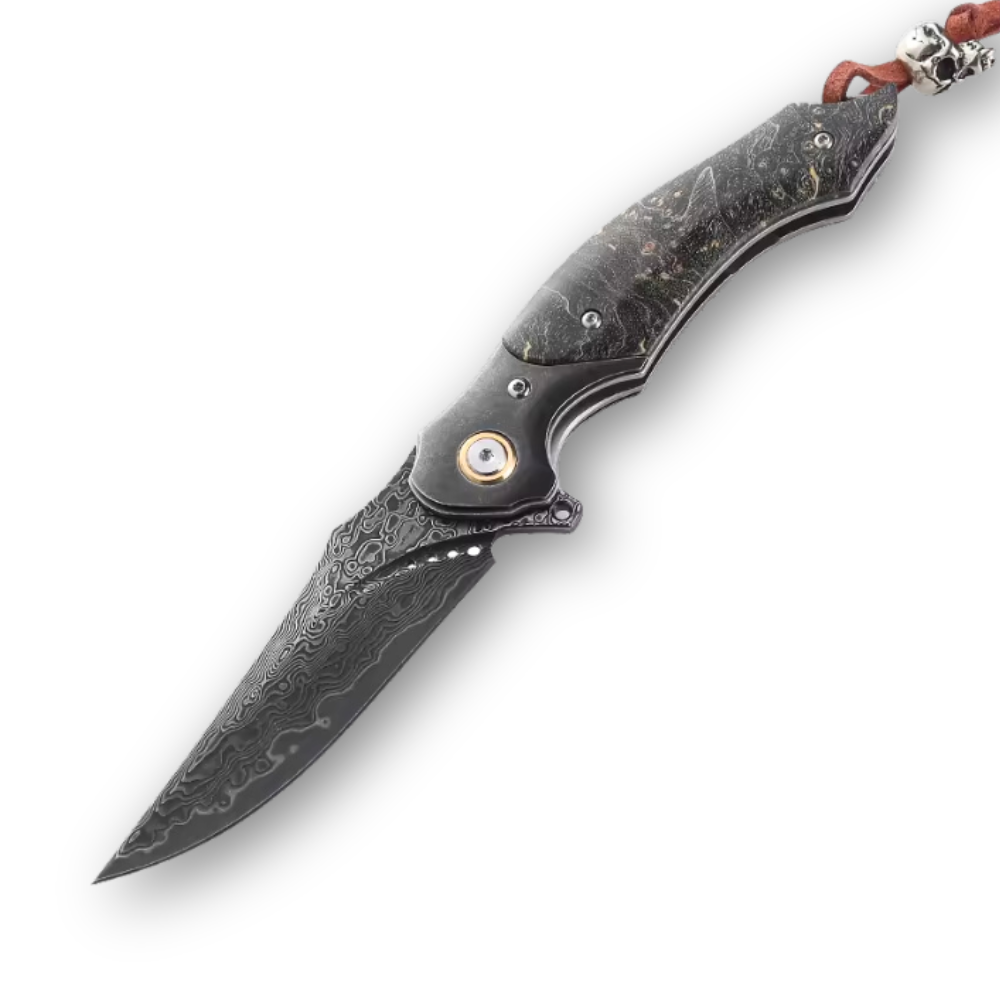
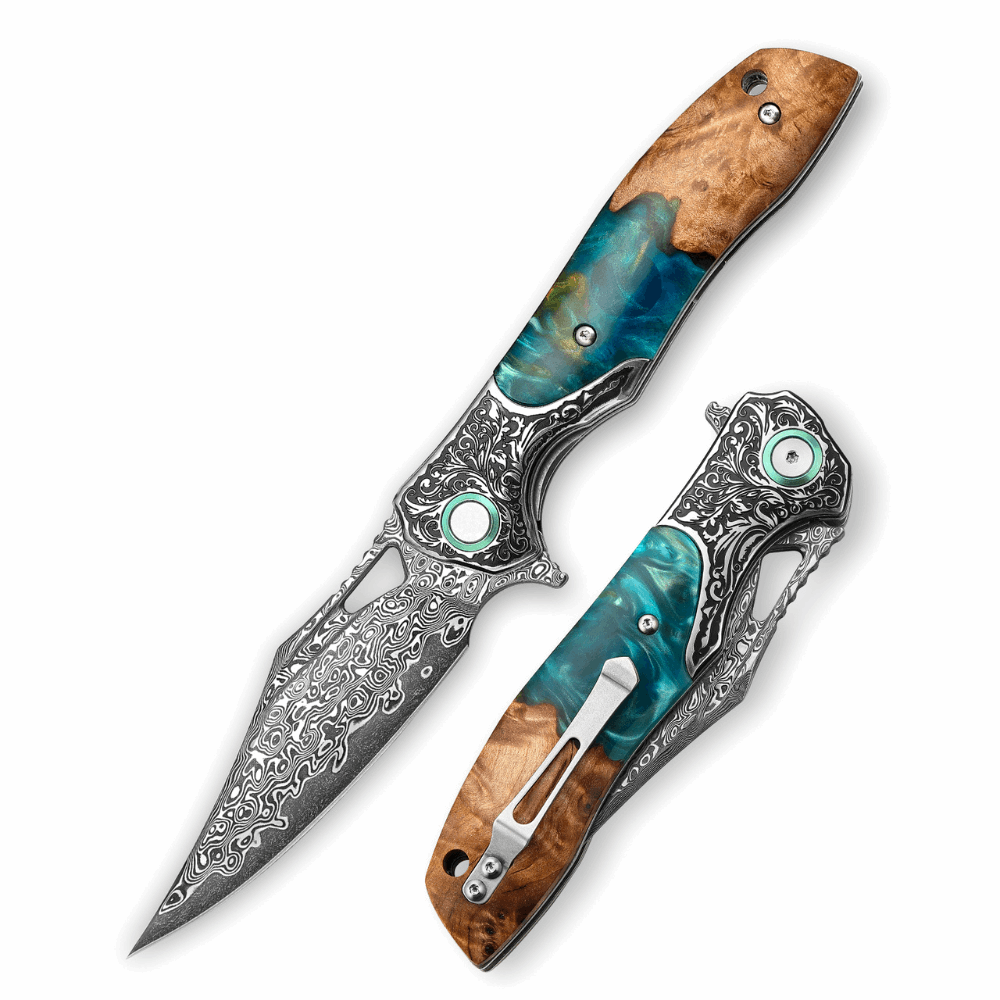
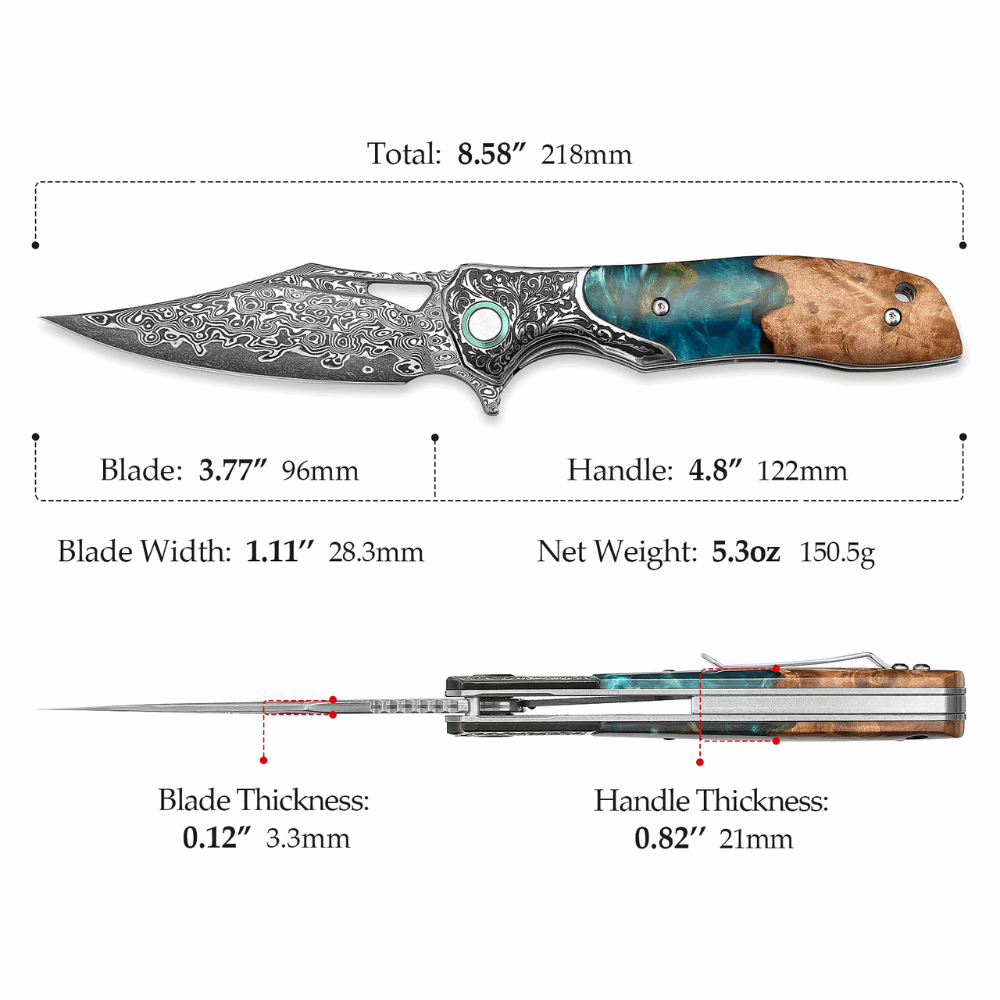
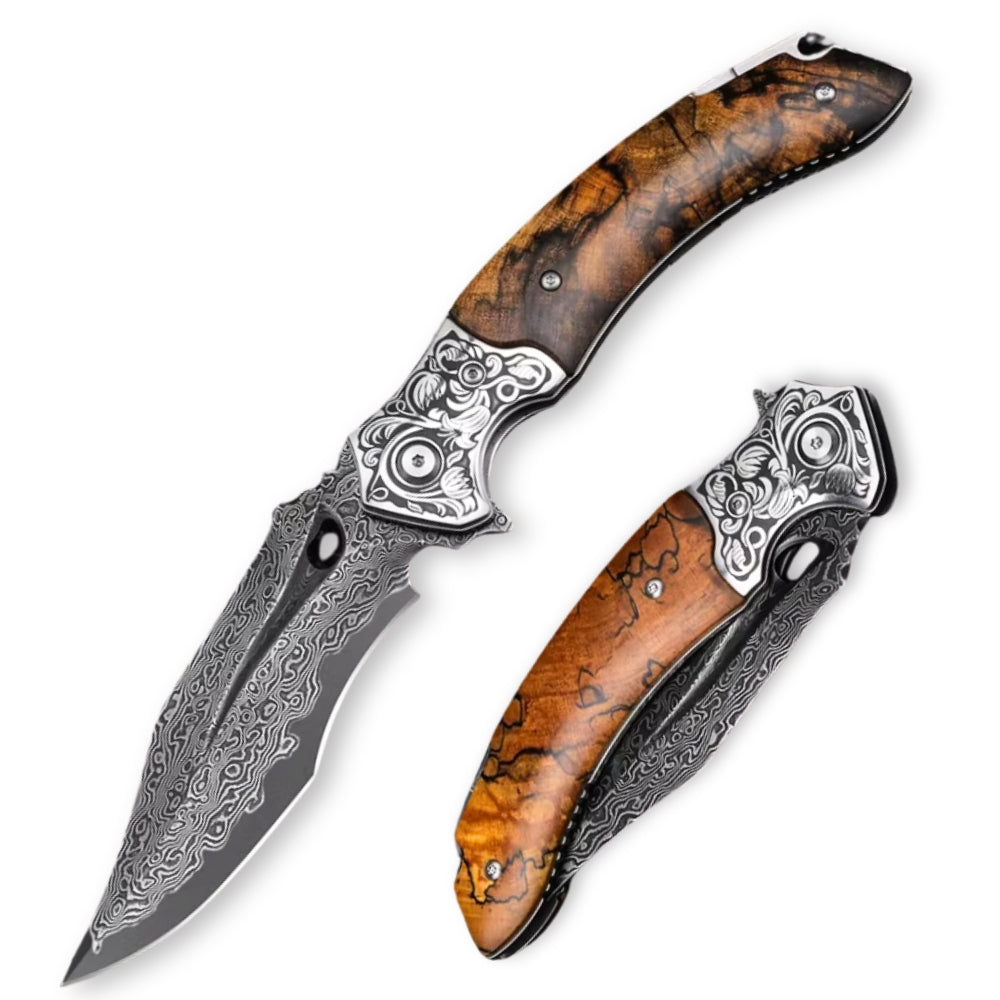
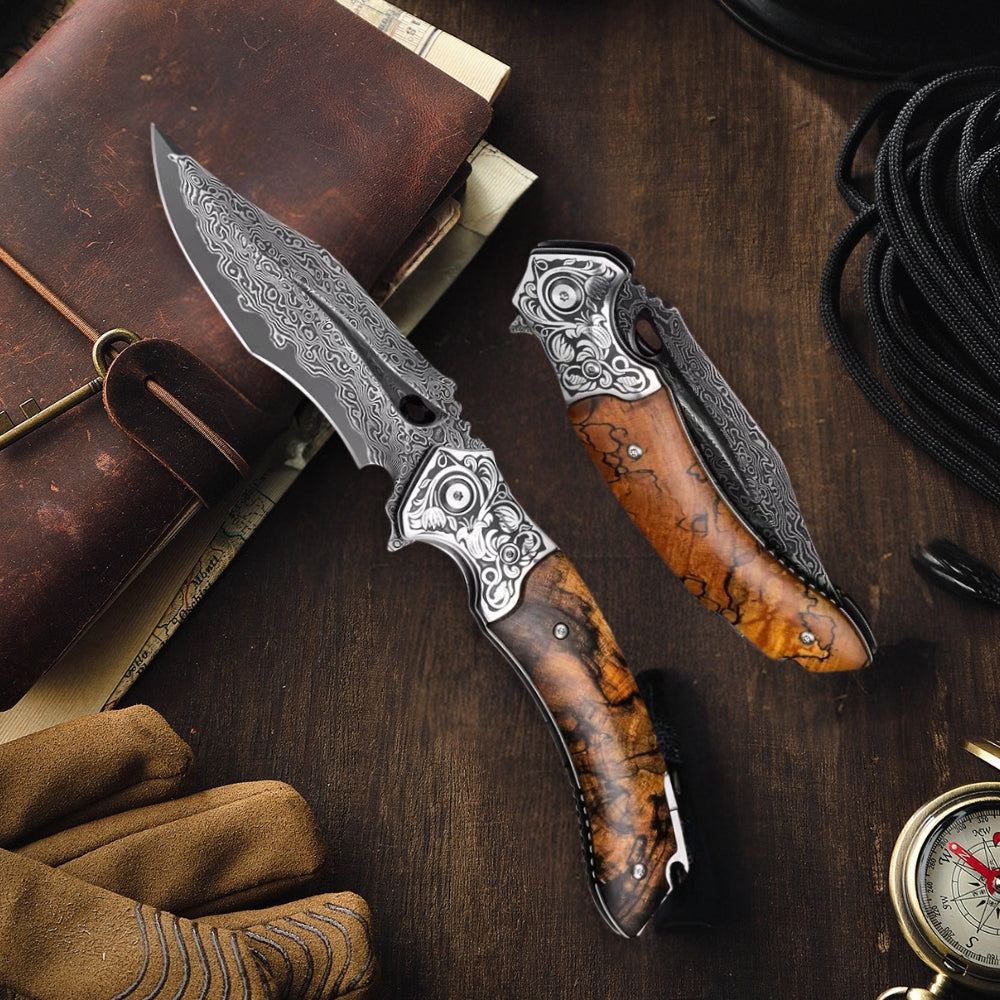
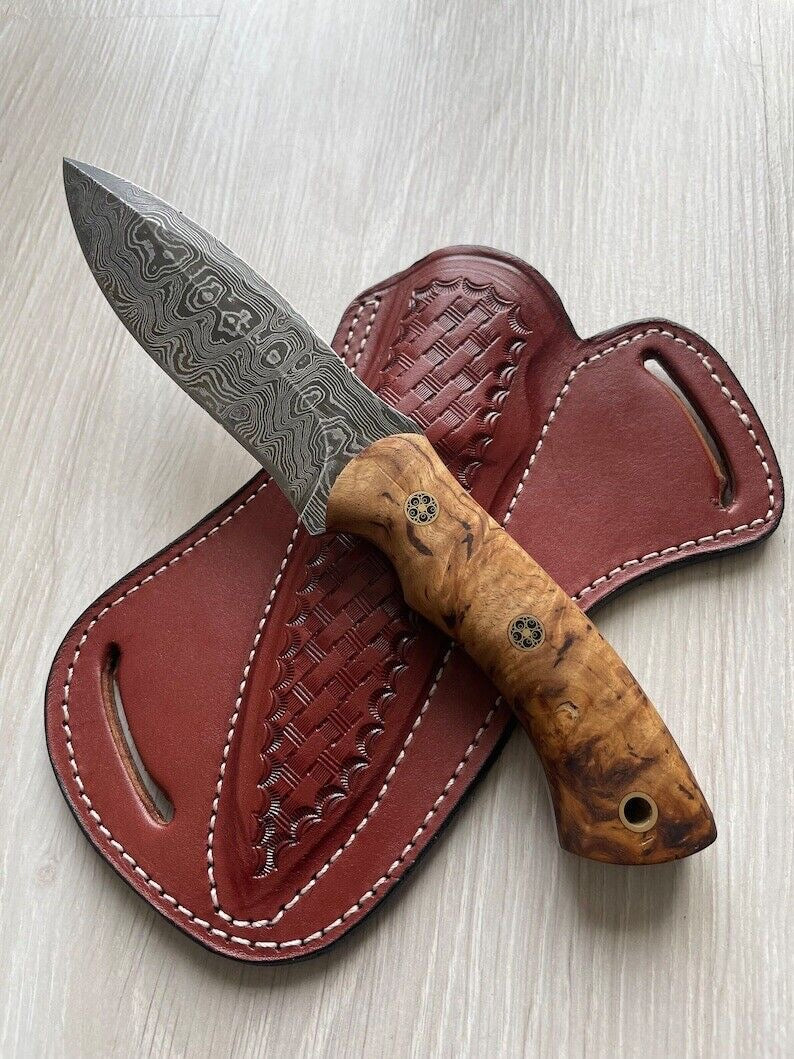

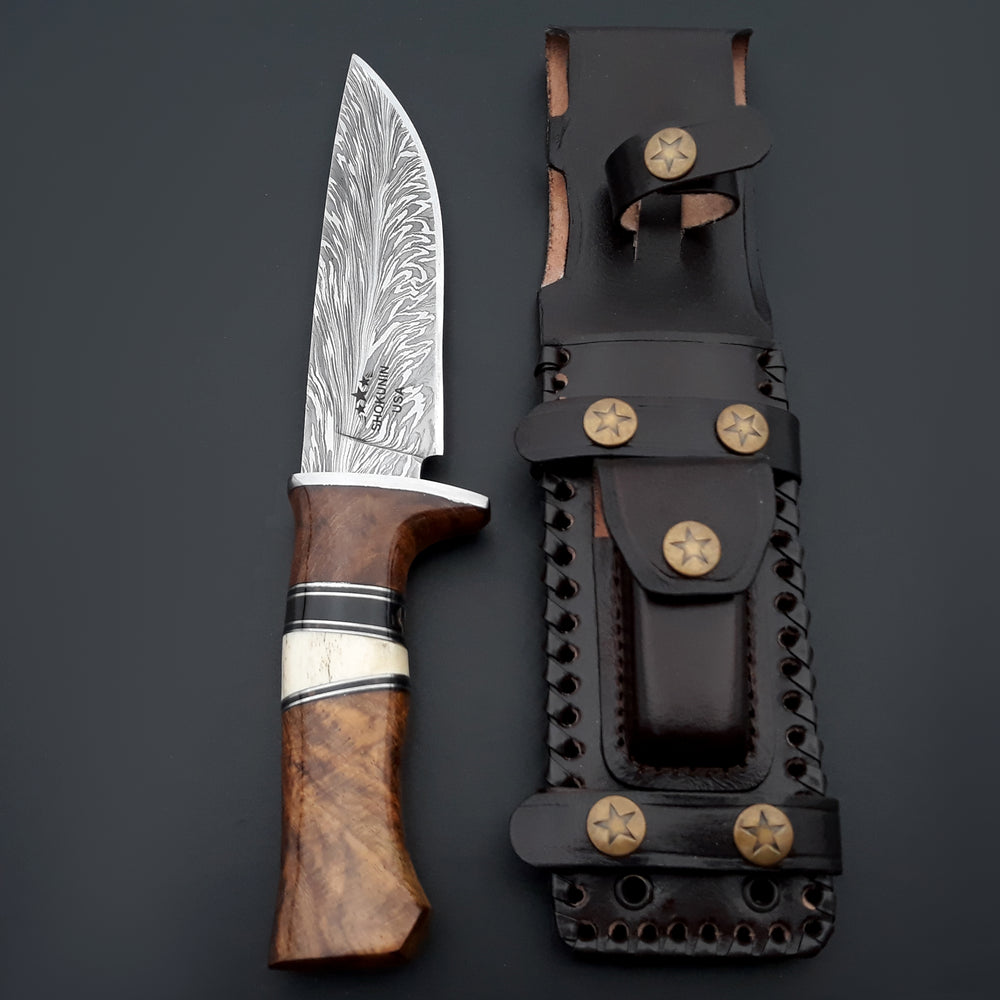
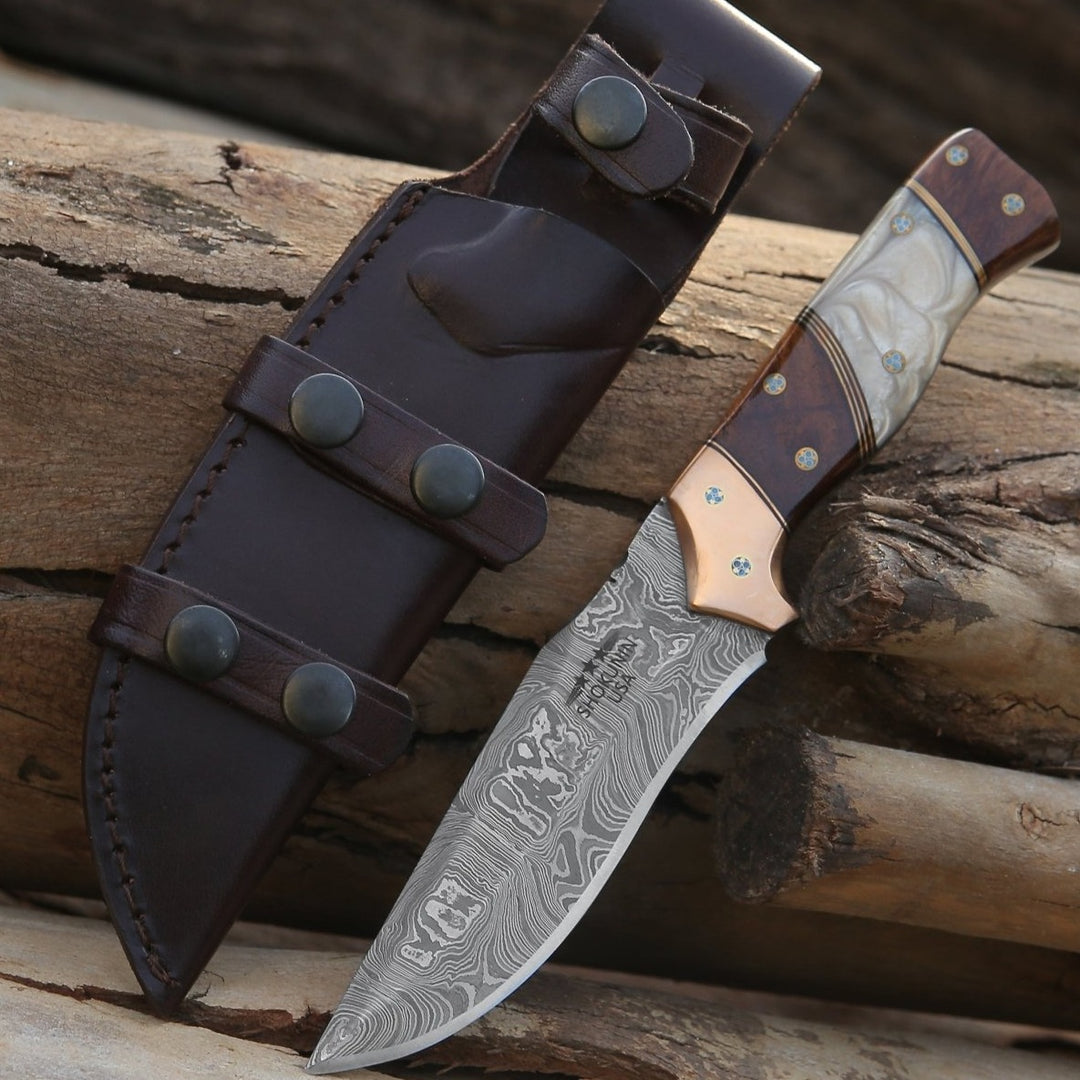
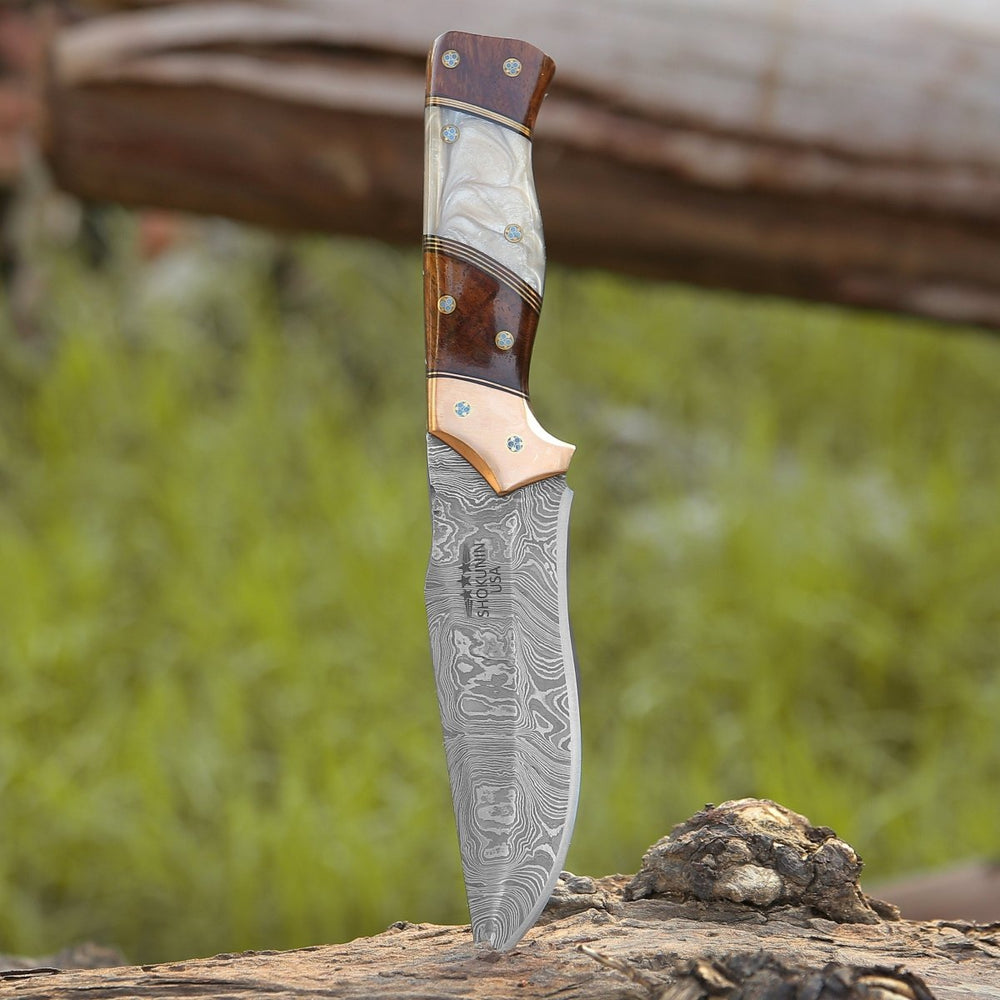
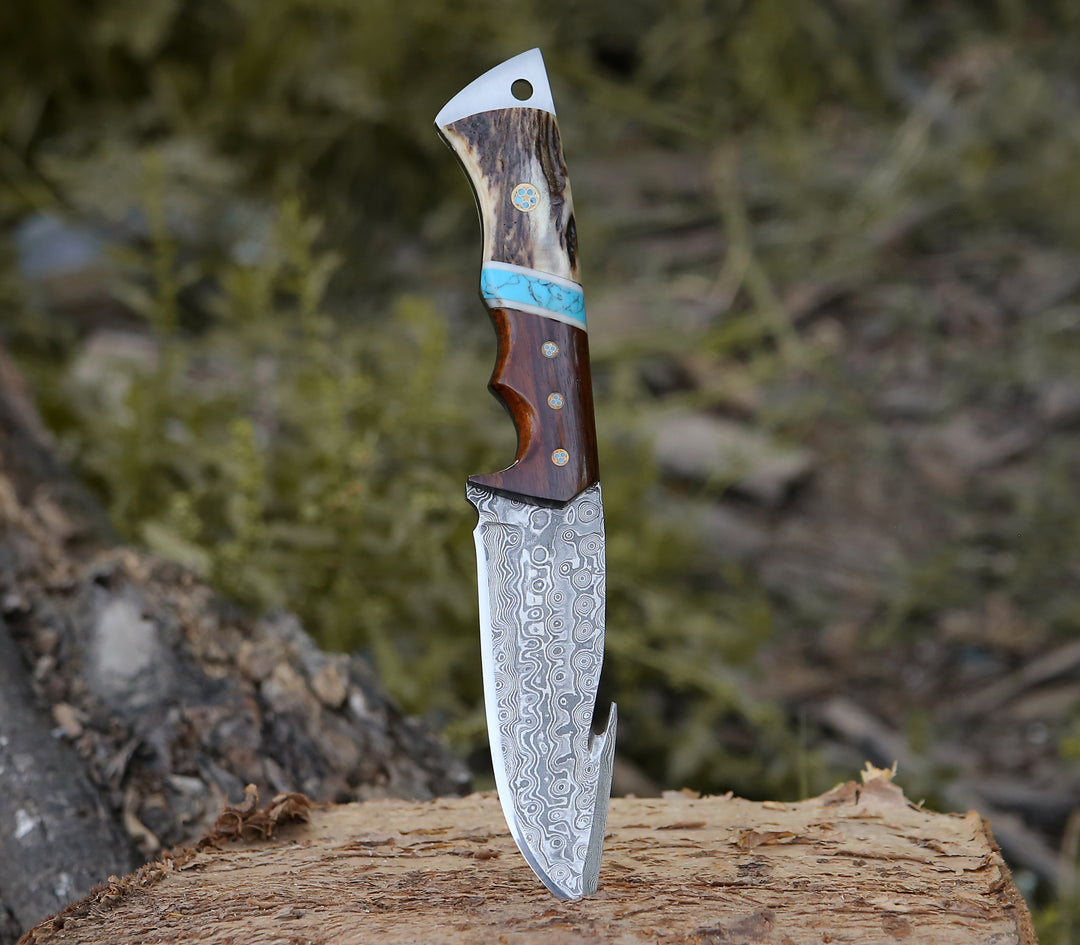

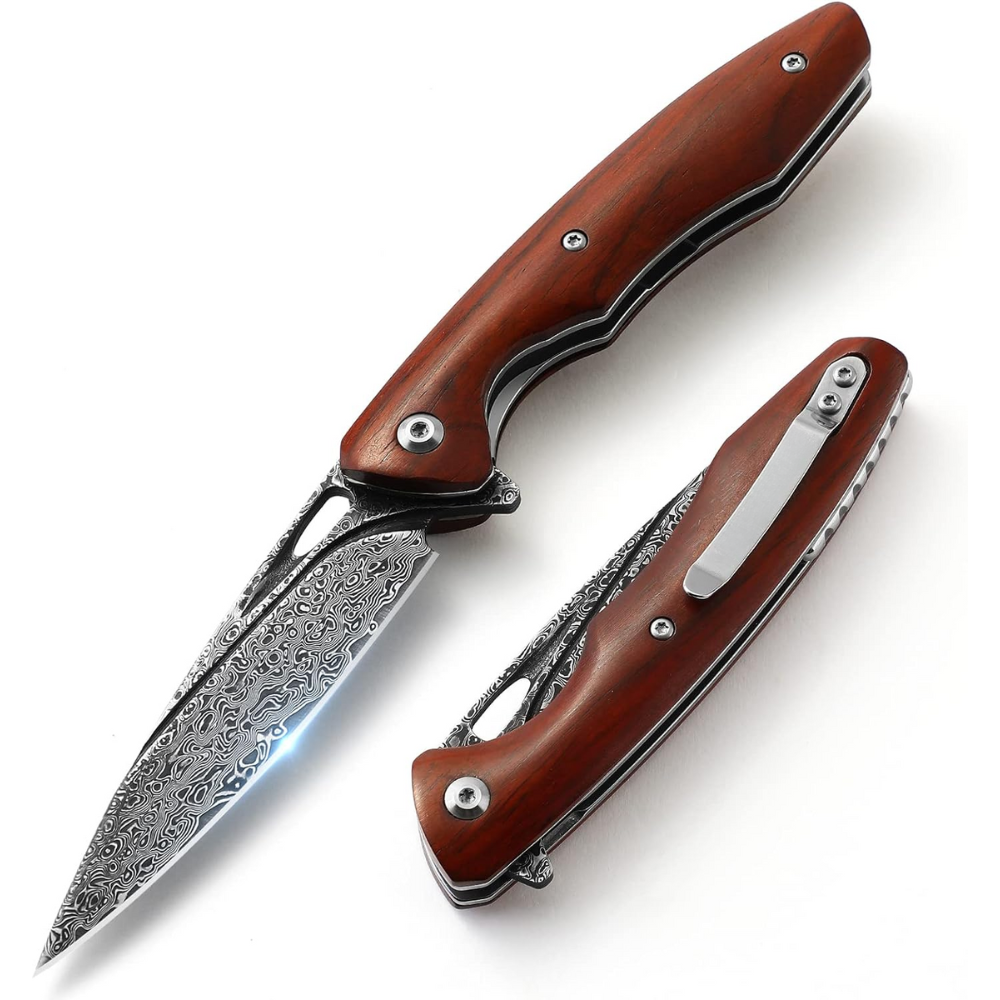
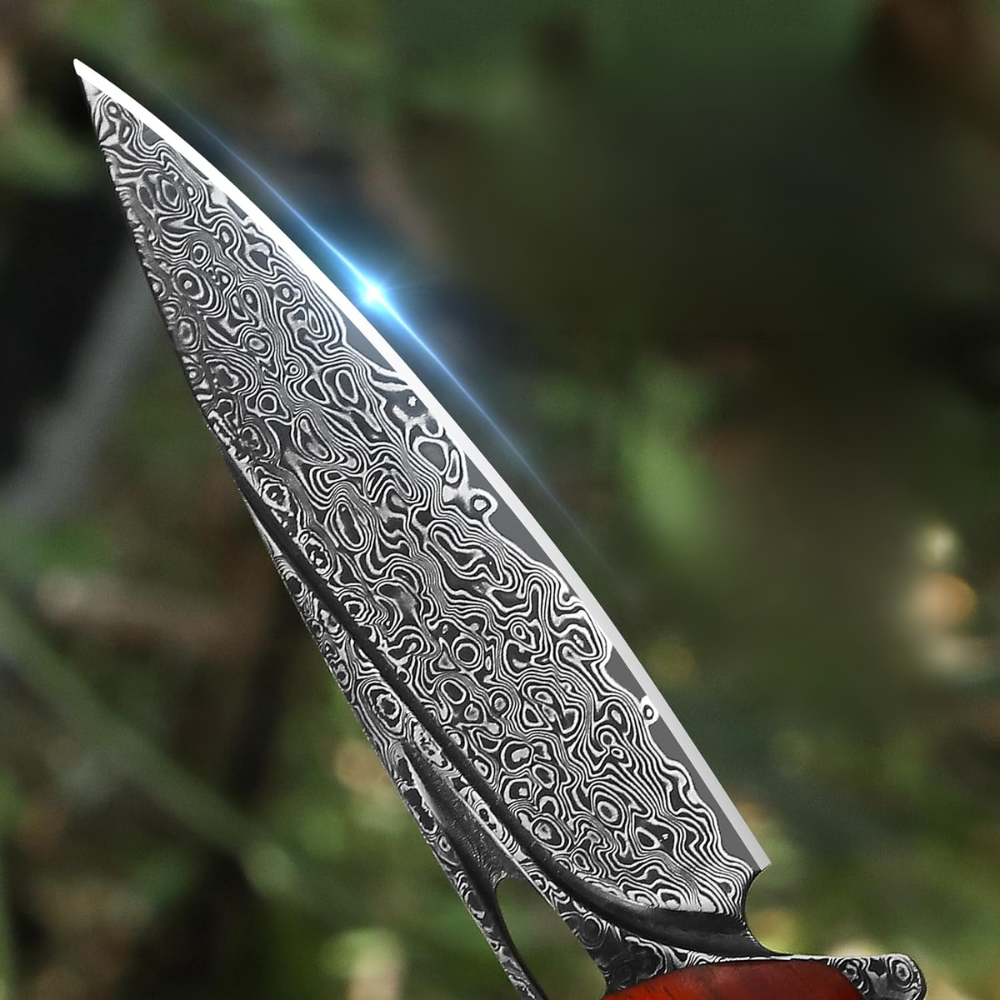
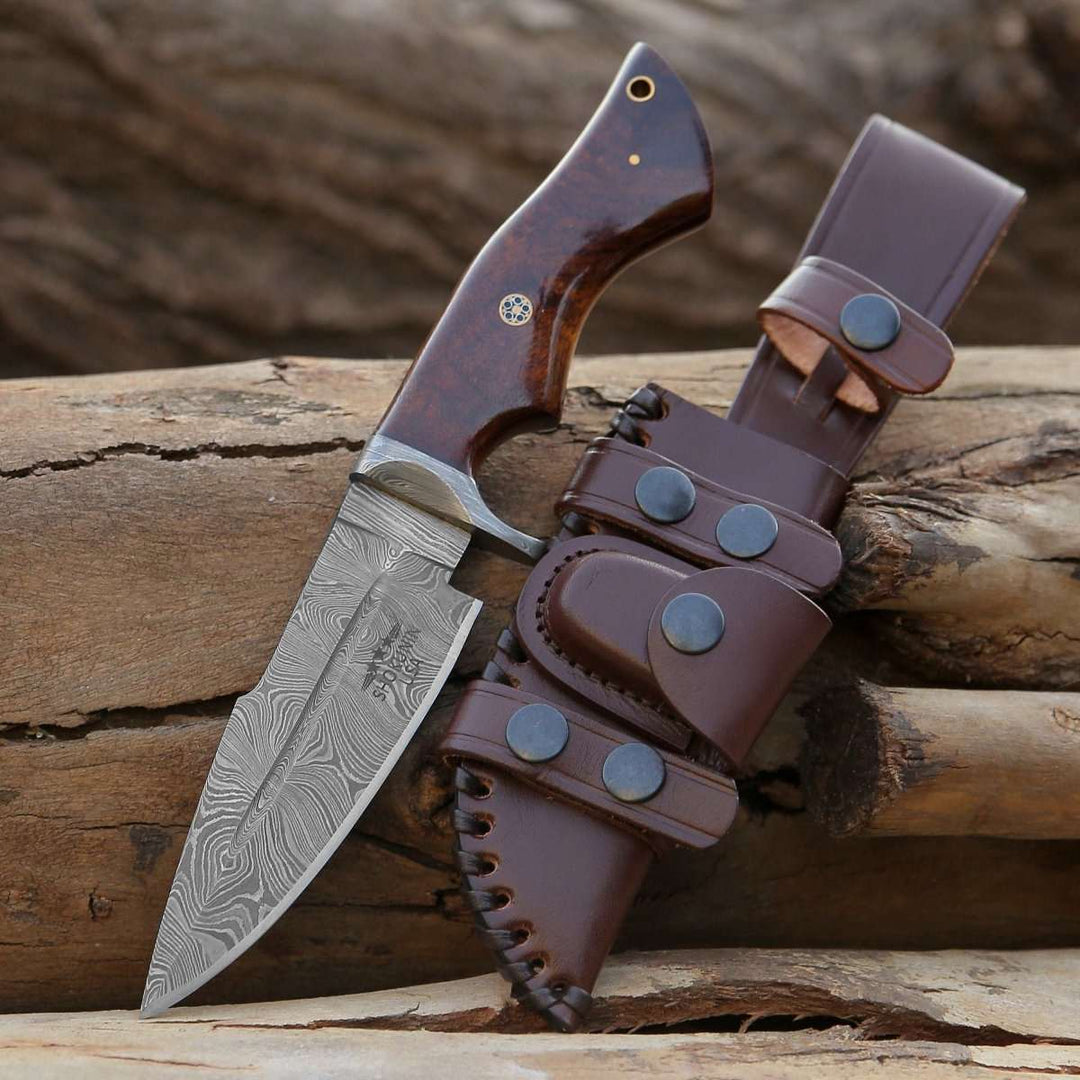
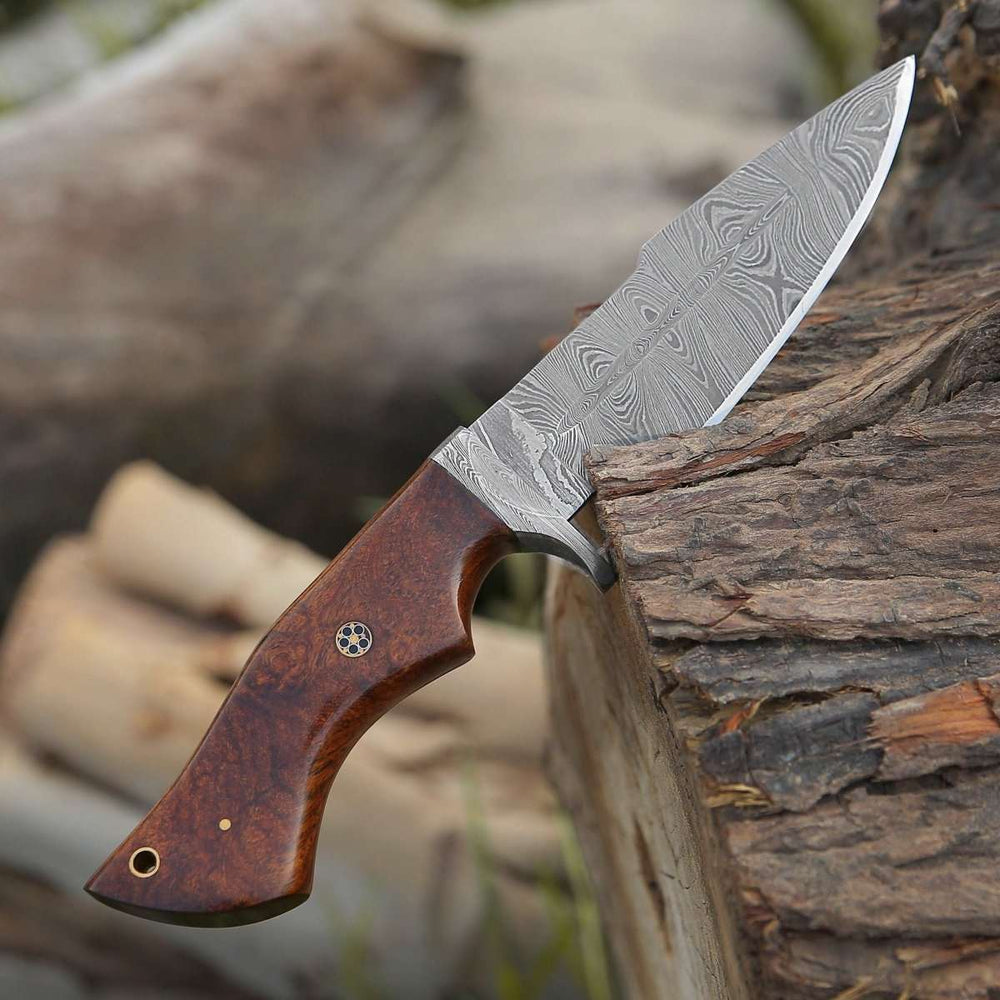

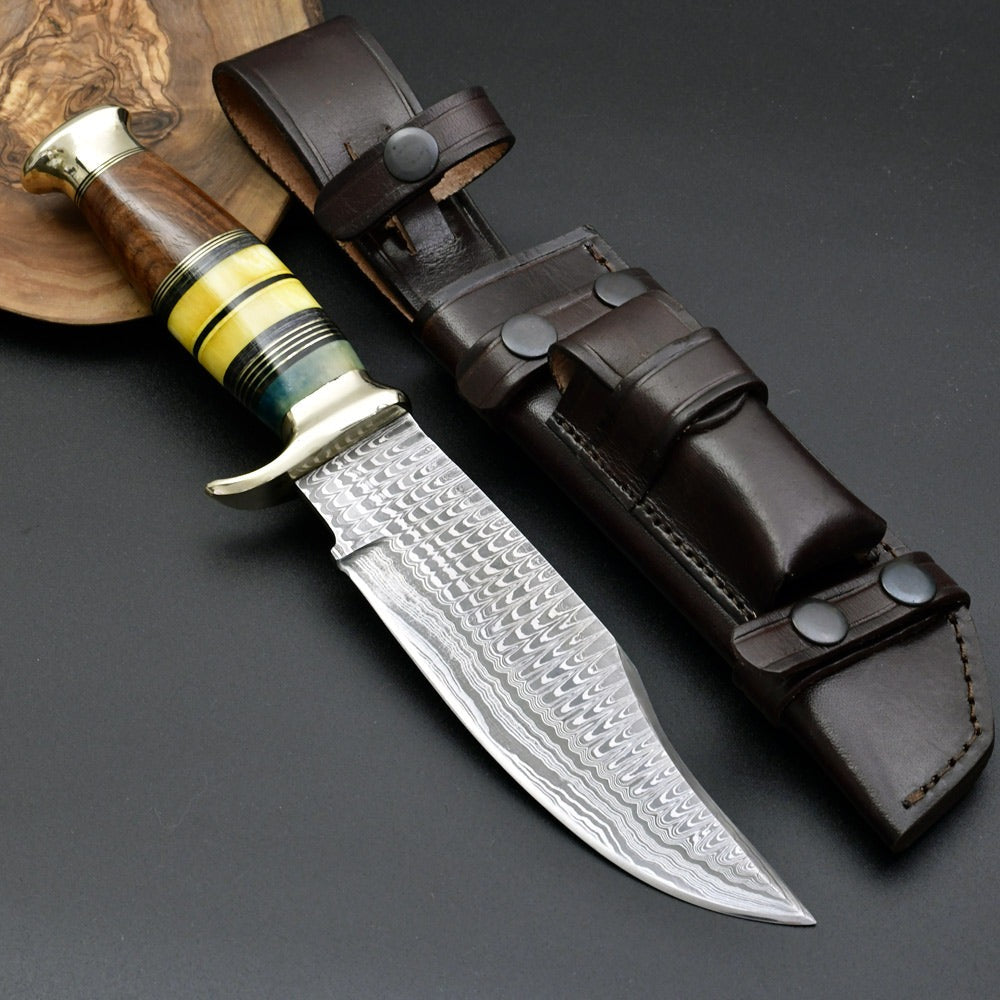
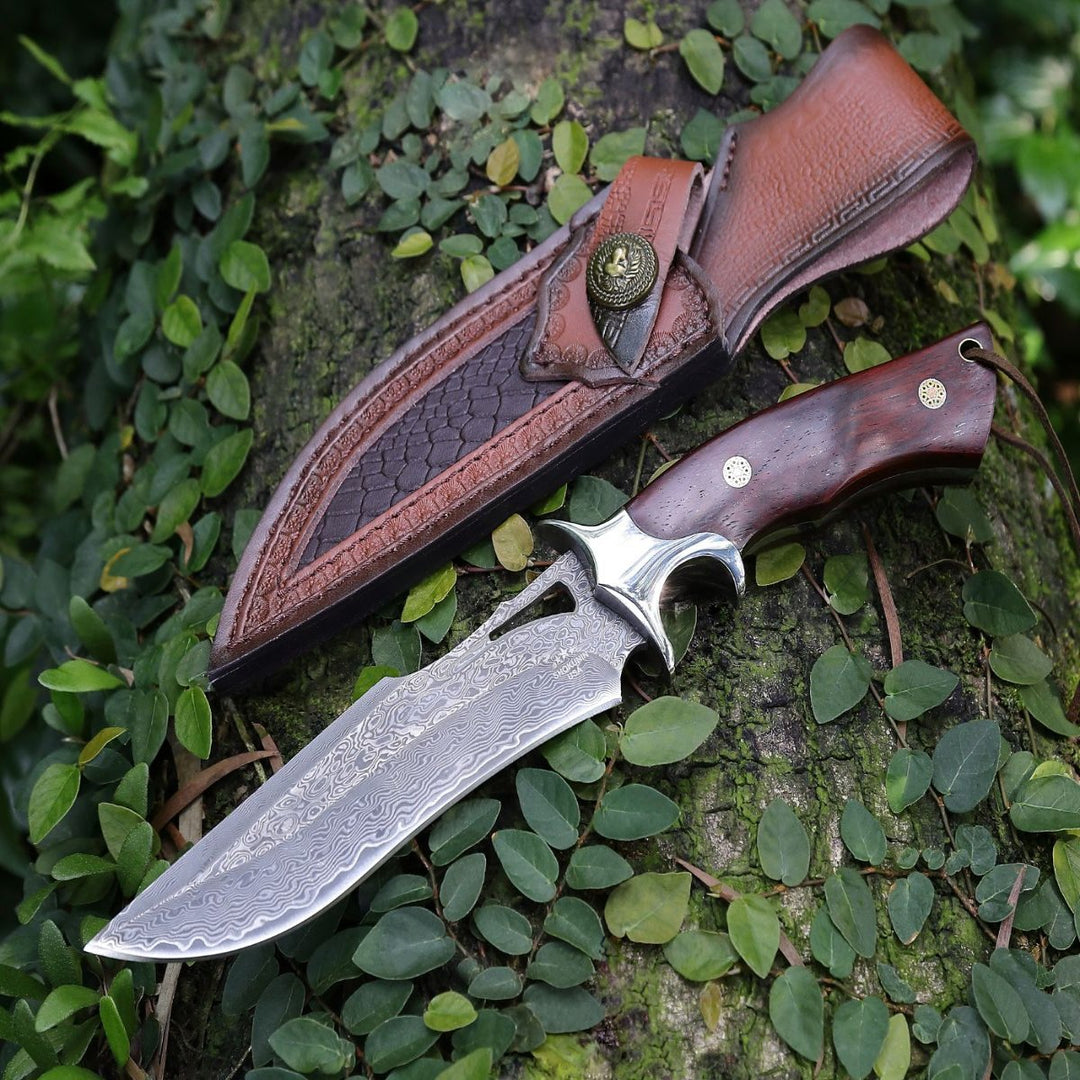
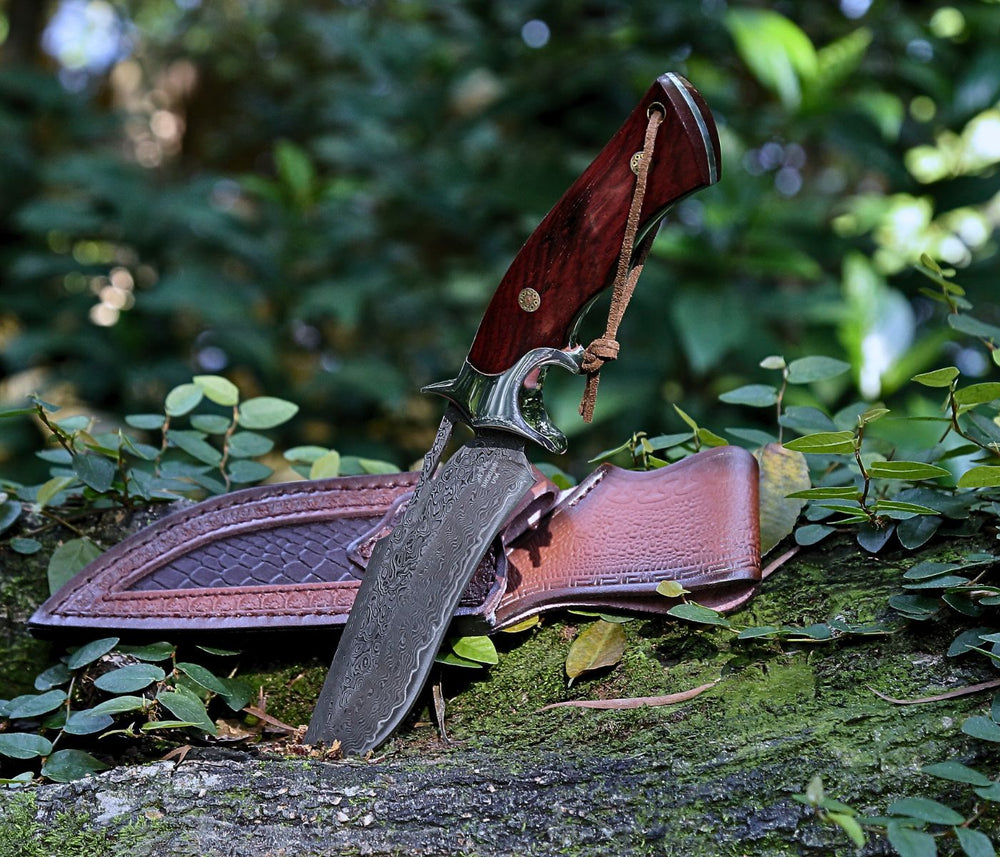
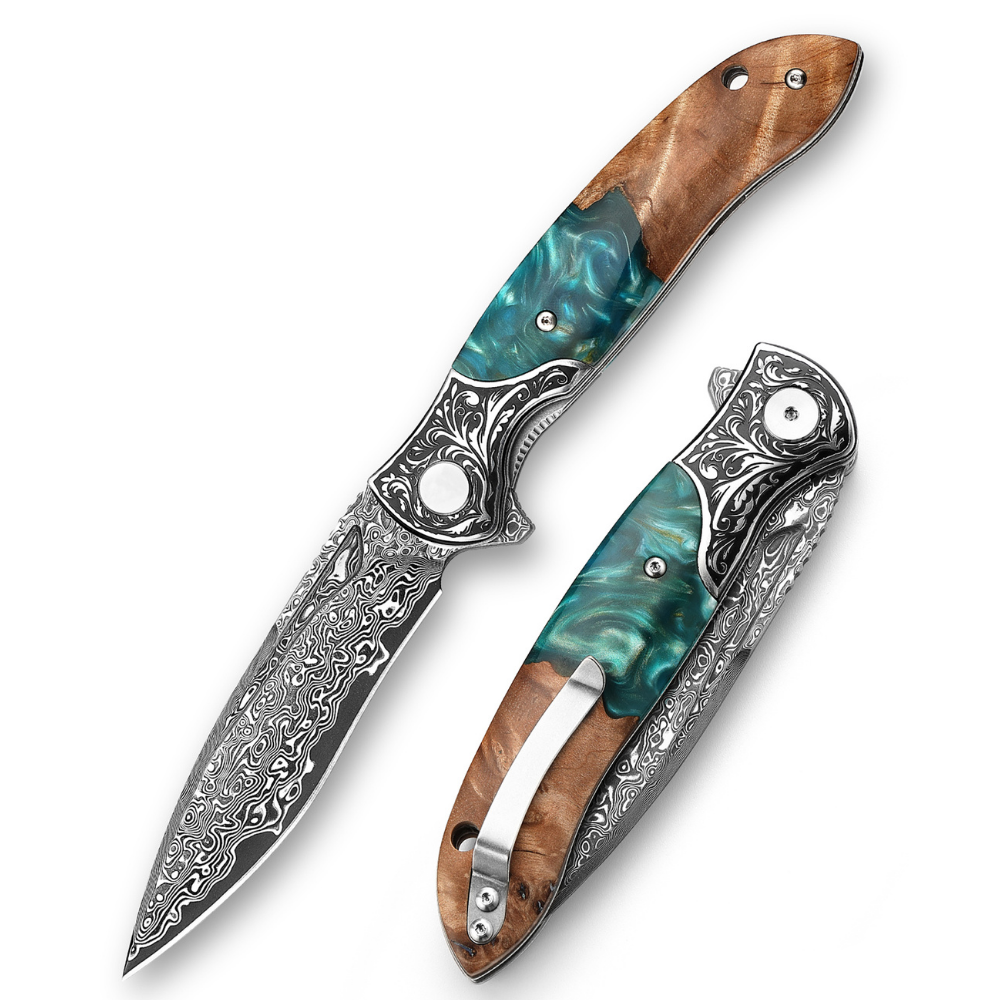
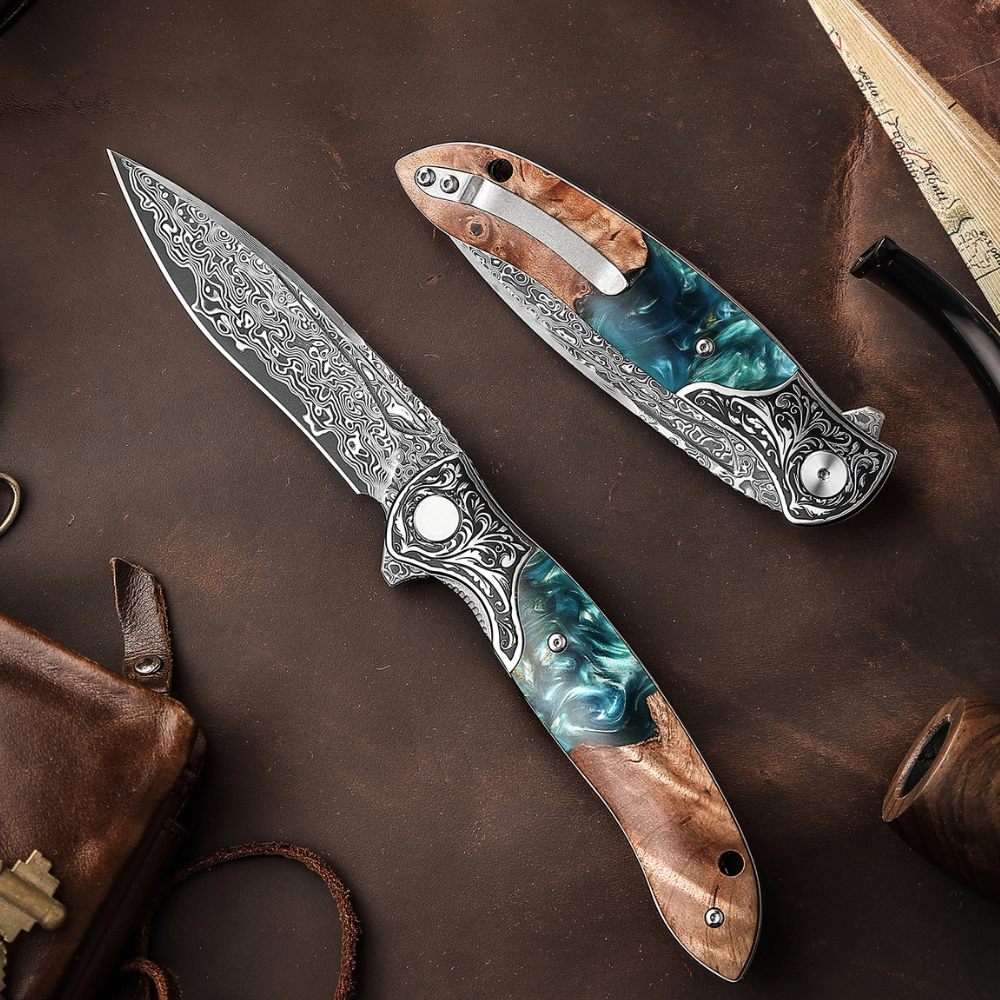
Leave a comment